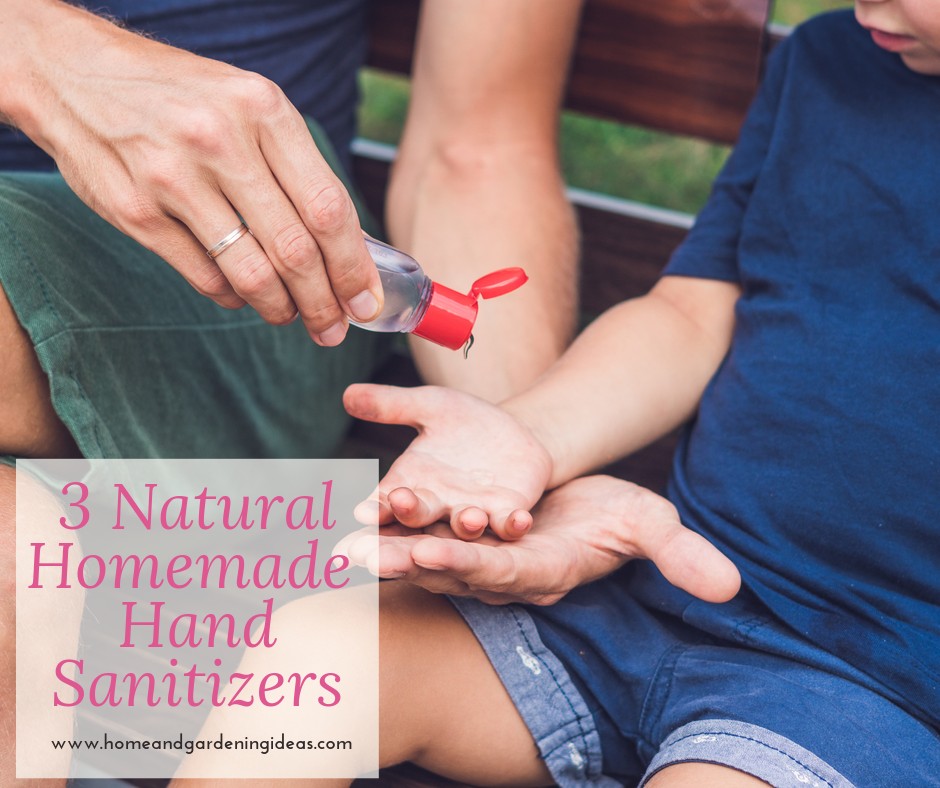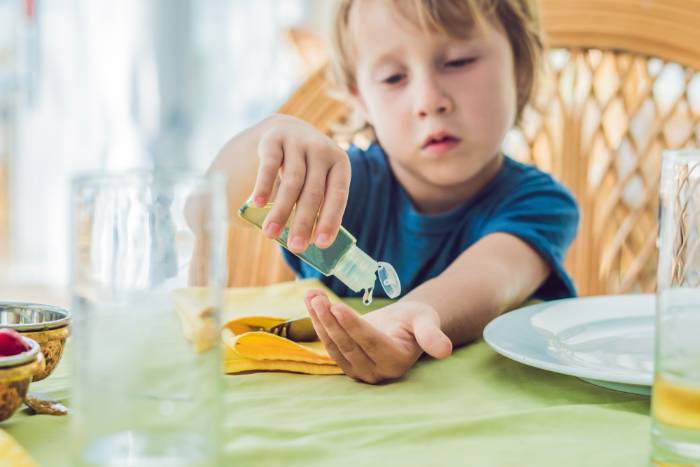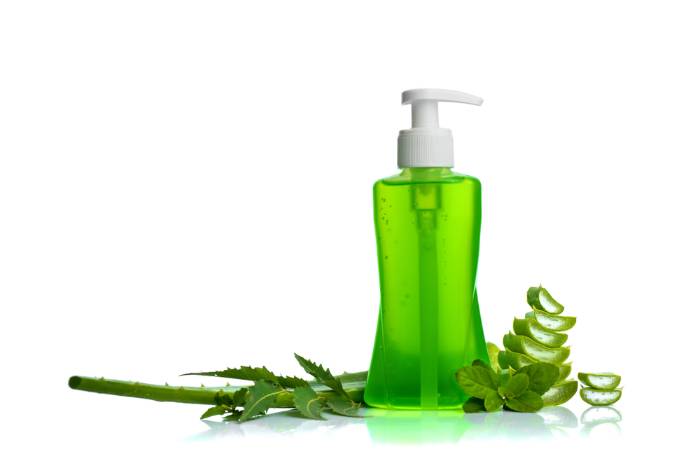✨ 3 Natural Homemade Hand Sanitizers (That Actually Work!)
🧼 Clean hands save lives—but what’s really in that store-bought sanitizer?
Most people think hand sanitizer is a quick and easy way to kill germs. And while that’s true… not all hand sanitizers are created equal. Commercial options can contain harsh chemicals, hormone disruptors, and ingredients that are risky—especially for children. 😬
Let’s break it down and show you how to make safe, natural, and effective DIY hand sanitizers at home. These three recipes are simple, customizable, and budget-friendly!
🧬 Soap vs. Hand Sanitizer: What’s the Real Difference?
There are two main ways to remove harmful microbes from your hands:
- Handwashing with soap and water – This suspends bacteria and viruses, helping wash them off your skin entirely.
- Hand sanitizers – These work by killing microbes through chemical action.
While both are useful, soap and water remains the gold standard. Why?
- It removes a wider variety of germs.
- It doesn’t contribute to chemical exposure.
- It won’t dry out your skin as much (depending on soap).
But what if you’re on the go, at work, or without access to a sink? That’s where hand sanitizers come in handy—but not the toxic kind.
⚠️ The Dark Side of Commercial Hand Sanitizers
Many store-bought hand sanitizers include dangerous chemicals you may not want on your skin—or your kids’.
Here’s what to watch out for:
- Alcohol (ethanol/isopropyl): Can be toxic if ingested or overused—especially risky for kids.
- Triclosan: Linked to hormone disruption and environmental toxicity.
- Synthetic fragrance oils: These can cause allergies or respiratory irritation.
💡 Plus, they may claim to kill “99.9% of germs,” but that 0.1% they miss? Often includes the most dangerous pathogens like:
- E. coli
- Salmonella
- Norovirus
- Cryptosporidium
And let’s not forget—they kill the good bacteria too, which can disrupt your natural skin microbiome. 😟
✅ When Should You Use Hand Sanitizer?
According to the CDC, hand sanitizers are great when:
- Soap and water aren’t available.
- You’re in healthcare or food-handling environments.
- You need a quick clean, but your hands aren’t visibly dirty.
Still, they recommend using soap and water whenever possible. And if you do use hand sanitizer, it’s best to make your own with ingredients you trust. 👇
Best Natural Homemade Hand Sanitizer Recipes
🧪 3 Best Natural Homemade Hand Sanitizer Recipes
🧴 1. Simple Aloe-Based (Alcohol-Free & Kid-Safe)
Ingredients:
- ¼ cup Aloe Vera gel
- 20 drops essential oil (e.g., lavender, lemon, or tea tree)
Instructions:
Done! Gentle enough for little hands. 🧒
🌿 2. Herbal Alcohol-Free Sanitizer (All-Purpose Use)
Ingredients:
- 1 tbsp witch hazel extract (min. 85%)
- 1 cup Aloe Vera gel
- 30 drops tea tree oil
- 8–10 drops scented essential oil (lavender, cedarwood, etc.)
- ¼ tsp vitamin E oil (optional)
Instructions:
- Mix oils and vitamin E in a bowl.
- Add witch hazel and mix again.
- Stir in Aloe Vera.
- Pour into a spray or pump bottle.
📦 Great for home, office, or purse!r! You can pour in a pump or spray bottle to be used when needed.
🔥 3. Alcohol-Based (Potent & Triclosan-Free – Adults Only)
Ingredients:
- 1 tbsp rubbing alcohol
- ¼ cup Aloe Vera gel
- ½ tsp vegetable glycerin (optional)
- 20 drops antimicrobial essential oil (tea tree, cinnamon)
- Distilled water (for thinning)
- 2 drops extra scent oil (e.g., orange or lemon)
Instructions:
- Shake alcohol, Aloe Vera, and glycerin together.
- Add essential oils and shake again.
- Add distilled water to reach desired consistency.
- Store in amber bottles to preserve potency.
💥 As strong as store-bought… but safer!
️⚠️ Safety Tips for DIY Hand Sanitizers
- Always use 85%+ witch hazel for effectiveness.
- Never apply on broken skin – alcohol burns and slows healing.
- Avoid if pregnant unless essential oils are approved by your doctor.
- Aloe Vera gel is essential—it gives your mix a proper gel consistency.
- Don’t rely on sanitizers when hands are visibly dirty – use soap instead.
🛡️ Why Make Your Own?
DIY hand sanitizers let YOU control:
- ✅ The ingredients
- ✅ The scent
- ✅ The alcohol content
- ✅ Safety for your family
Plus, it’s cheap, easy, and feels empowering to know exactly what you’re putting on your skin.
🧼 Stay Safe, Stay Clean, Stay Natural
There’s no need to trade safety for convenience. With these 3 natural hand sanitizer recipes, you can protect yourself without the hidden dangers of commercial products.
❤️ Go natural, go safe, and go DIY.
 Home and Gardening Ideas At home and Gardening ideas we believe inspiring readers about homesteading, self sufficiency
Home and Gardening Ideas At home and Gardening ideas we believe inspiring readers about homesteading, self sufficiency








